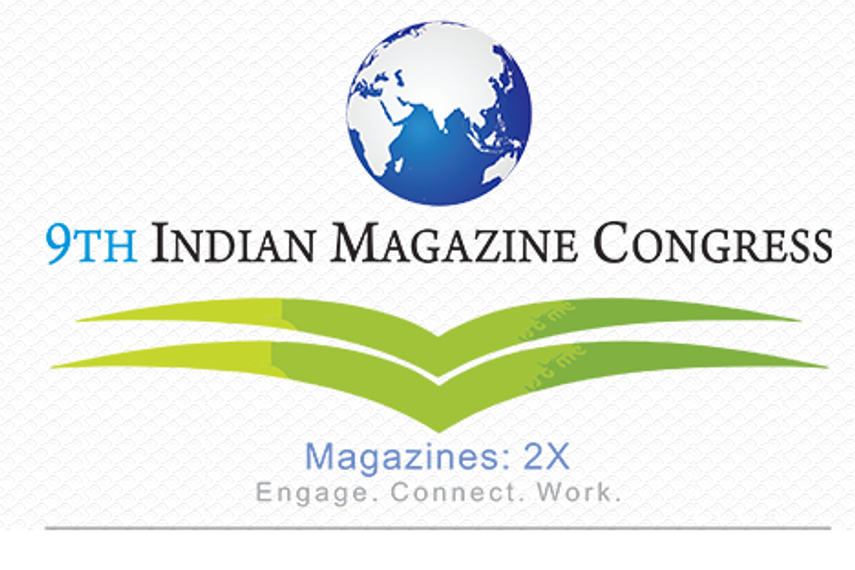
Please sign in or register
Existing users sign in here
Having trouble signing in?
Contact Customer Support at
[email protected]
or call+91 22 69489600
Google's Vikas Agnihotri spoke about how content consumption has changed on day two

Contact Customer Support at
[email protected]
or call+91 22 69489600
Top news, insights and analysis every weekday
Sign up for Campaign Bulletins
The new campaign focuses on the importance of internal health in addressing long-term hair loss concerns.
OpenAI’s first India push makes AI sound local, accessible and aspirational, but creative choices reveal gaps between cultural intent and execution.
Wellbeing Nutrition has expanded into the kids’ category with Kids Superfuel, a science-led daily nutrition mix developed for children aged seven and above.
The partnership is aimed at elevating India’s emerging artists and culturally rooted music to worldwide audiences.